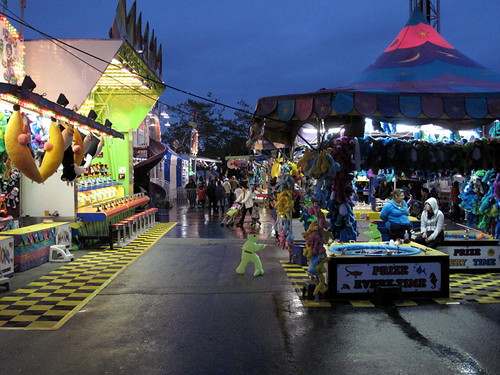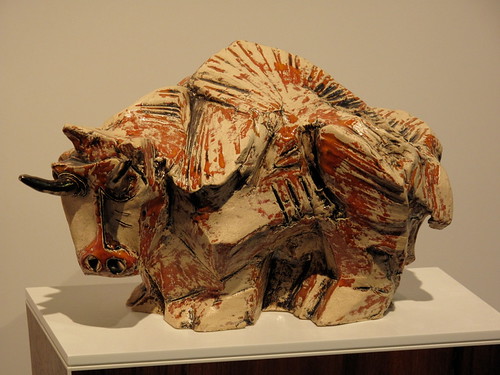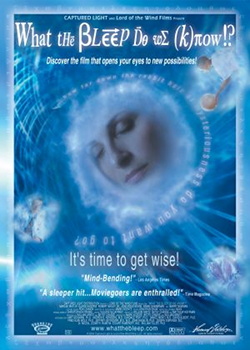Last night I went to see The Secret Doctrine, a play about the 19th century mystic, cult leader and huckster Madame Helena Blavatsky. It is directed by Ines Buchli and shown at the SFU Woodward’s Fei and Milton Wong Experimental Theatre. It’s a great play, with some very impressive sound and visual effects, and though condensed and somewhat fictionalised, it’s a fascinating look at Madame Blavatsky at her peak—the conjuring tricks, the philosophy, the intelligence and charisma.
The other main character is Richard Hodgson; historically, he was an Australian-born lawyer sent by the Society for Psychical Research to do a report on Blavatsky. Though he concluded she was a fraud, he did believe in paranormal phenomena. The play made him a Canadian-born physicist working on electromagnetic theory. His first scene shows him doing work related to the Michelson-Morley experiment, trying vainly to prove the existence of the luminiferous aether. He is also a strong skeptic, pooh-poohing his colleague’s latching on to Blavatsky’s teachings. This Hodgson traveled of his own volition to India to live in Madame’s compound, mostly to keep a promise to his dead colleague to give her a fair chance. He falls under her spell a little, but eventually snaps out of it and denounces Blavatsky to the SPR.
Making Hodgson a scientist was an interesting choice, because while the story is centred on Blavatsky and Hodgson, it’s really about the 19th Century as a whole: an age struggling towards reason, trying to build an understanding of the universe based on science instead of faith. Darwin killed God, so they said, or at least made Him unnecessary, but many people were still hungry for miracles and revelation. Add to that a more connected world enabling increased contact with other cultures, and it made for a strange and potent mix. Blavatsky’s Theosophy borrowed from Hinduism and Buddhism and various mystery religions, but also the language of science, and tried to connect all of them into a sort of Grand Unified Spiritual Theory.
In the play, some of the Mahatmas’ revelations hinted very strongly at Special Relativity and Quantum Mechanics, both theories still a couple decades away. More poetic license, I guess, especially since they end up guiding Hodgson’s research towards brilliant new discoveries upon his return to London. But here’s a thought: yes, Theosophy was a gobbledigook mish-mash of conflicting philosophies and faiths, claiming to deep and ancient truth but not delivering. However: it inspired scientists. It apparently inspired Einstein, who was said to own a copy of Blavatsky’s book The Secret Doctrine. That may or may not be true but if it is, it’s not really that surprising; isn’t one of his most famous quotes that “Imagination is more important than knowledge”? Atheist though he was, I always found Einstein to have a little bit of the mystical about him.
So you could look at Theosophy and similar cults as a kind of Victorian proto-science-fiction, collections of narratives, tropes and memes centered (to varying degrees) around science and scientific knowledge, guiding practitioners to build on them and take them to the next level. We take it for granted now, but science as a institution and a culture was still very new. The scientists and engineers who got men on the Moon were inspired by old-time sci-fi pulps—Buck Rogers and Flash Gordon and Captain Future; those writers and the scientists of their time owe much to Jules Verne and H.G. Wells; but where did Victorian scientists find their inspiration? From what was there: esoteric ecumenical philosophies, outdated (to us) and rather mystical beliefs about energy and life and electricity/magnetism, and Enlightenment-friendly organised religions. I guess inspiration is where you find it. And beliefs don’t have to be true to be inspirational.
It’s possible I’m overanalysing this. That’s okay, though. I expected The Secret Doctrine to just be a critique of a fraud and/or the weird pseudo-scientific philosophies she preached, but it gave me a lot of food for thought. I love when that happens!










